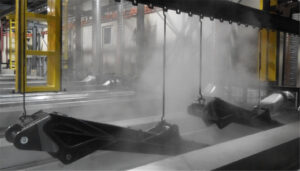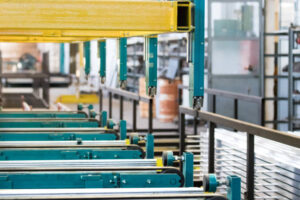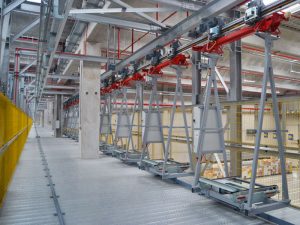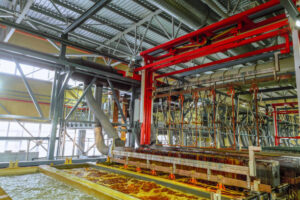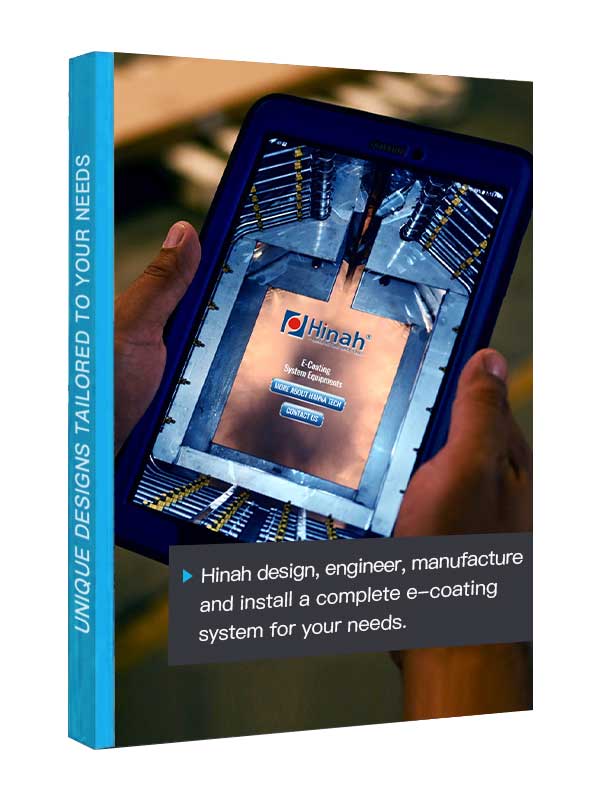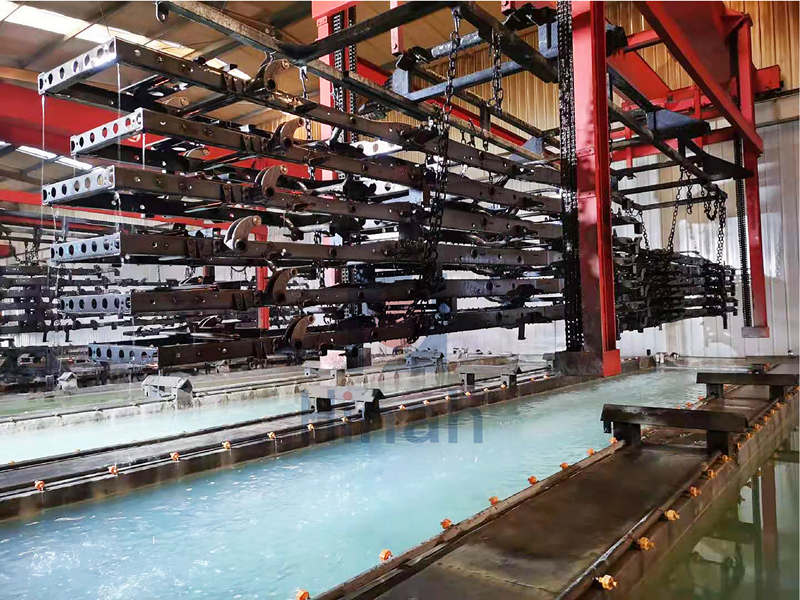A raw metal panel enters one end of the liquid coating line—dull, uneven, and vulnerable to corrosion. Minutes later, it exits with a flawless, high-gloss finish that resists scratches, chemicals, and time. This transformation isn’t just about looks—it’s about precision engineering. Behind every premium surface is a liquid coating line that controls every variable, from atomization pressure to curing temperature, to ensure the finish isn’t just smooth—but superior.
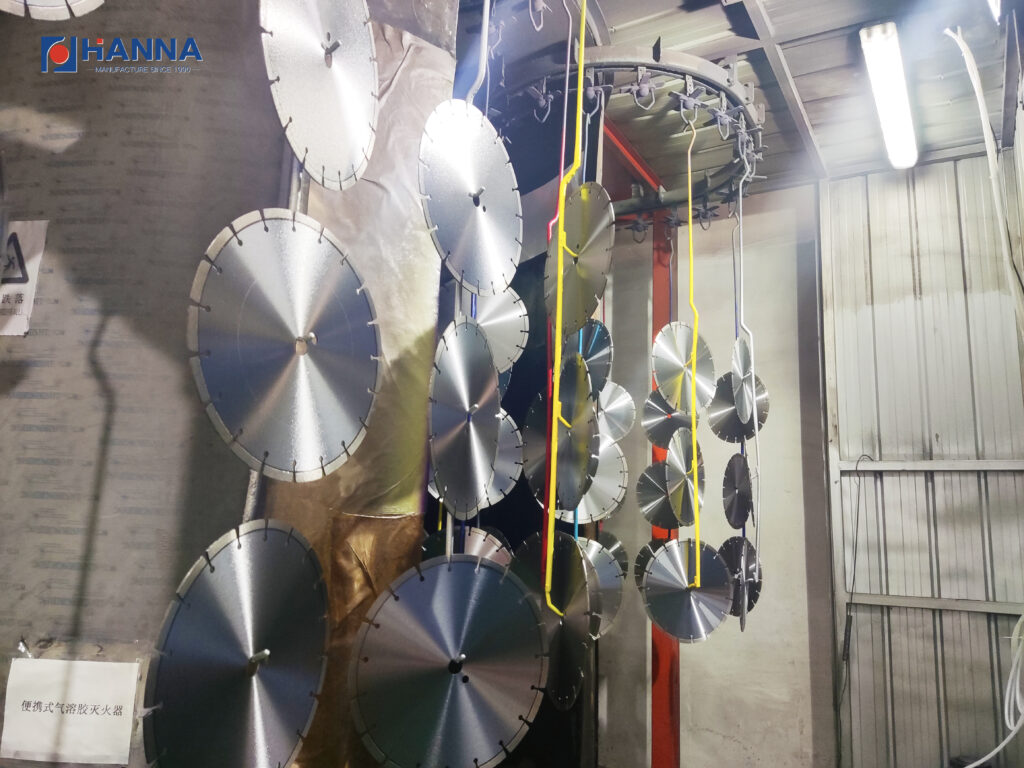
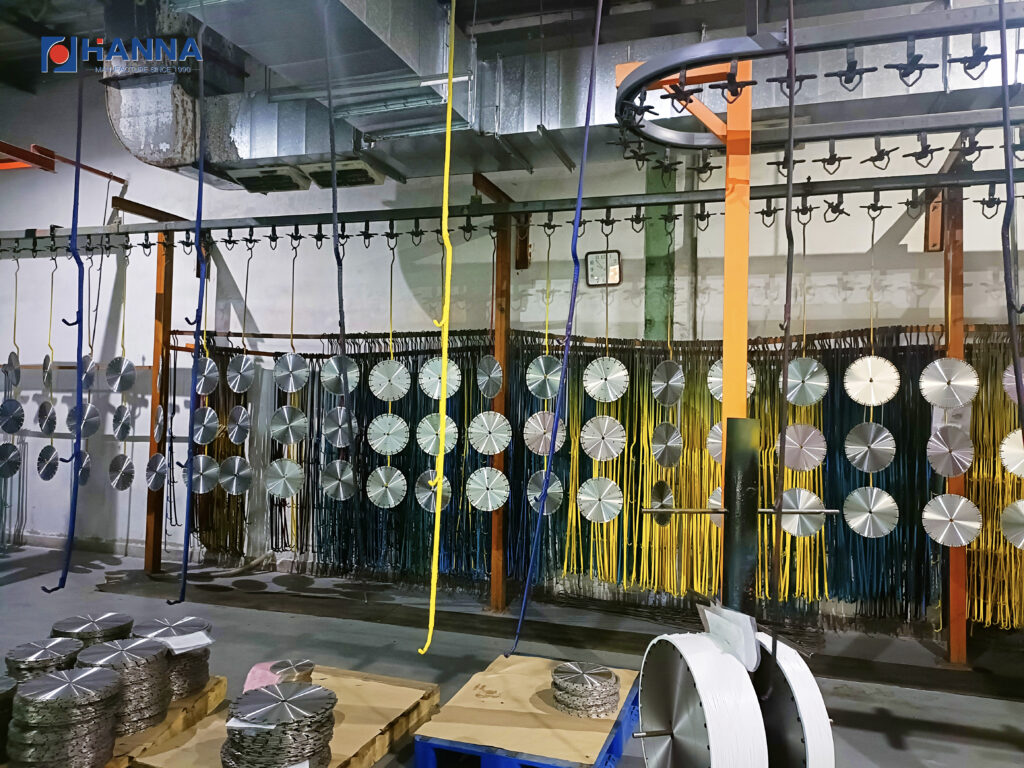
How Does a Liquid Coating Line Work?
A liquid coating line is an integrated system designed to apply wet paint or coating materials onto a product’s surface with precision and consistency. Unlike powder coating, which uses electrostatically charged powder, liquid coating involves spraying or dipping parts in solvent- or water-based paints. The typical liquid coating line includes several core stages: surface pretreatment, paint application, flash-off, and curing.
The process starts with surface preparation, where contaminants like oil, rust, or dust are removed to ensure strong paint adhesion. Next, in the application zone, liquid paint is sprayed through automated or manual guns, often using high-pressure or electrostatic methods for uniform coverage. After that, a flash-off area allows solvents to evaporate, preventing defects like bubbling. Finally, the parts enter a curing oven, where controlled heat levels solidify the coating into a smooth, durable finish.
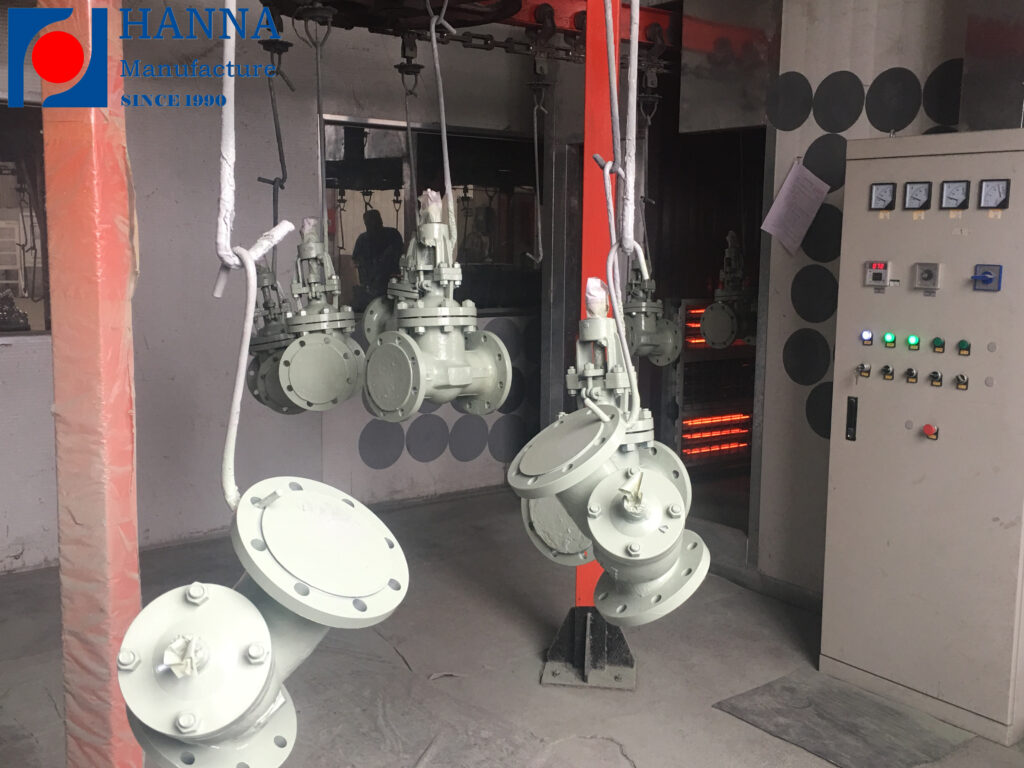
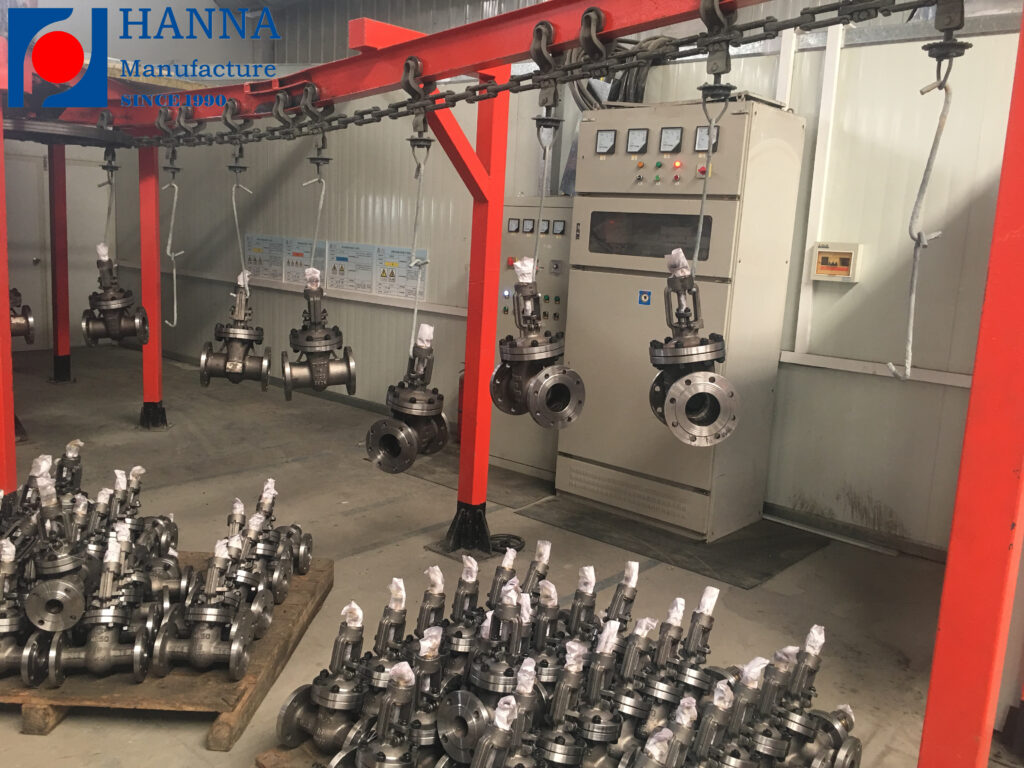
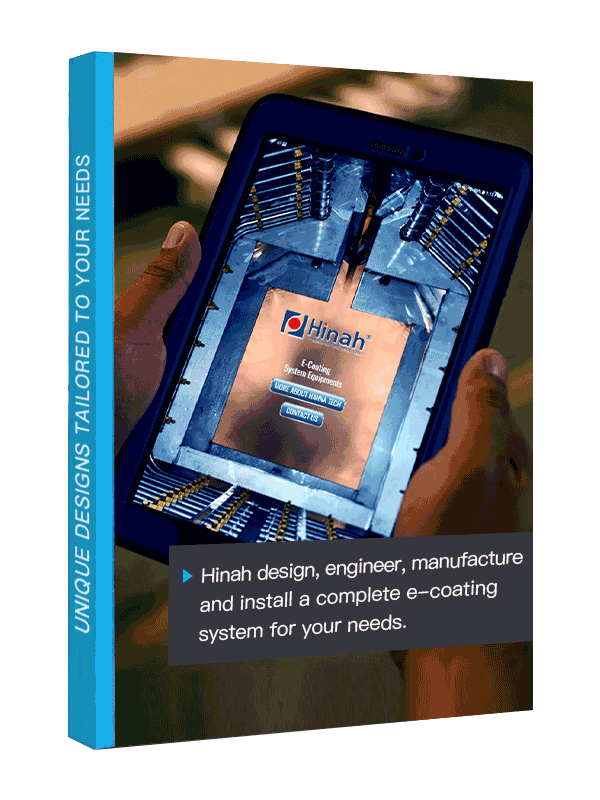
Let's Have A Chat
Get An E-coating Line Planning !
Match Your Products, Get The Solution & Price..
Key Factors in a Liquid Coating Line That Impact Finish Quality
The finish quality of any coated product relies heavily on how well each stage of the liquid coating line is controlled. Even minor inconsistencies can lead to visible defects like orange peel, uneven gloss, or poor adhesion. Here are the most critical factors that influence the outcome:
- Spray Technique and Equipment Calibration
The choice between air spray, airless, or electrostatic methods affects not only paint transfer efficiency but also how evenly the coating is distributed. Properly calibrated spray guns ensure consistent atomization and reduce overspray.
- Paint Viscosity and Material Handling
The viscosity of the liquid coating must be carefully maintained to match application conditions. If the paint is too thick or too thin, it can lead to sagging or poor coverage. Agitation systems, temperature control, and filtration all play a role in maintaining stability.
- Line Speed and Dwell Time
The speed at which parts move through the liquid coating line determines exposure time during each stage. If the line moves too fast, coating may be too thin or uneven. Too slow, and runs or solvent entrapment may occur.
- Flash-Off and Curing Conditions
Proper flash-off time allows solvents to evaporate before curing, which prevents bubbling or pinholes. Meanwhile, consistent oven temperature and airflow ensure the coating cures evenly, forming a durable surface with uniform gloss and hardness.
- Environmental Control
Humidity, ambient temperature, and airflow within the coating booth can all impact how the paint behaves during application and drying. A well-ventilated and climate-controlled environment helps maintain consistent finish quality year-round.
By fine-tuning these elements, manufacturers can achieve a high-performance finish that not only looks clean and consistent, but also meets durability standards required in industrial applications.
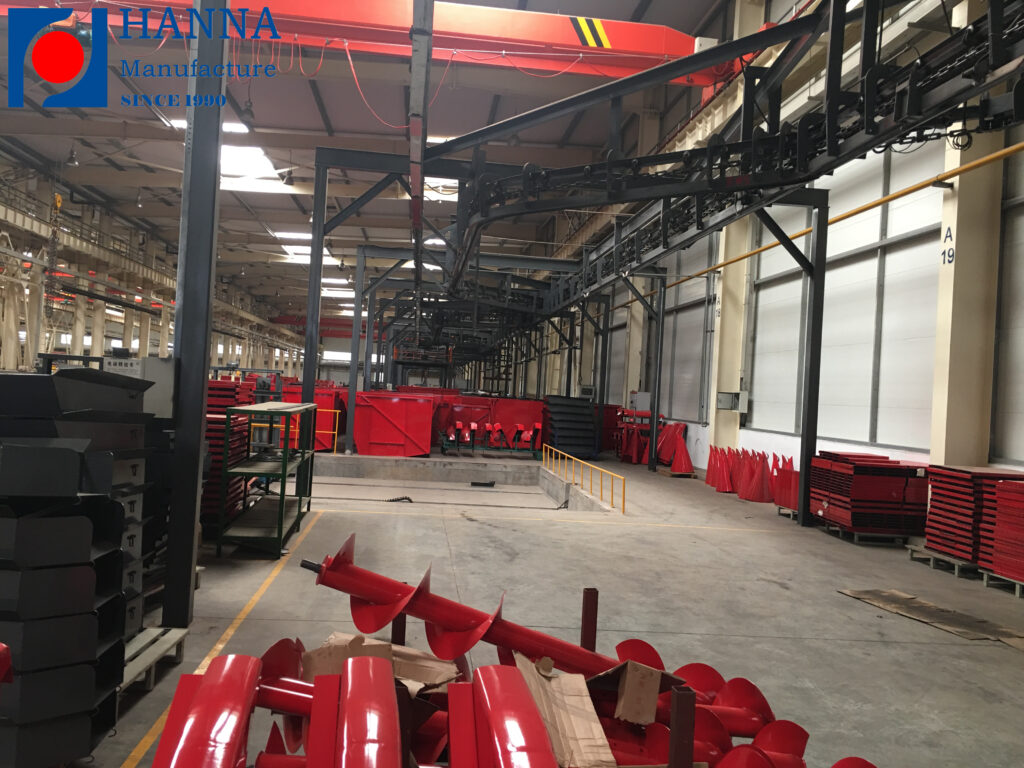
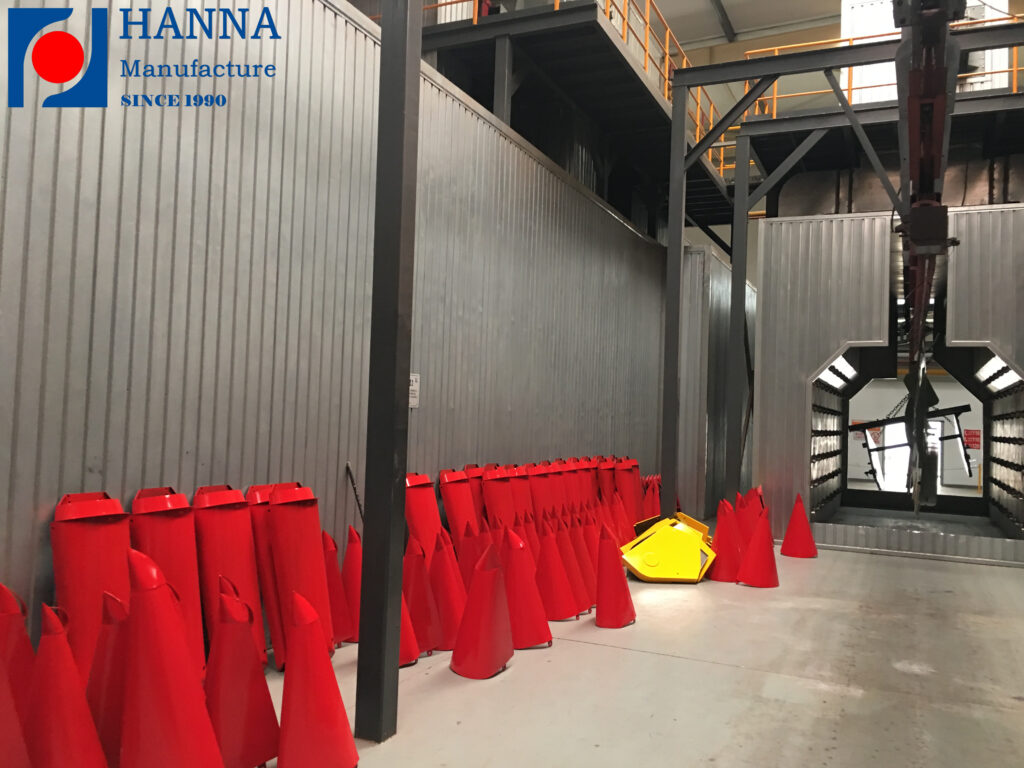
How an Automated Liquid Coating Line Reduces Human Error
Manual painting processes often rely on operator experience, which can lead to inconsistencies in film thickness, overspray, or missed areas—especially in high-volume production. An automated liquid coating line addresses these issues by introducing precision, repeatability, and control into every stage of the process.
Automated systems maintain consistent spray patterns, distances, and angles, eliminating variability caused by human fatigue or technique differences. Robotic arms or fixed-position spray guns follow pre-programmed paths, ensuring uniform coverage even on complex geometries. This reduces common defects such as streaks, runs, and patchy finishes.
In addition, automation allows real-time monitoring of critical parameters like paint pressure, line speed, and temperature. Integrated sensors and control systems detect deviations instantly, enabling corrective actions before defects occur. This minimizes rework, material waste, and quality control failures.
By reducing reliance on manual skill and introducing intelligent control, an automated liquid coating line ensures a stable, high-quality finish—batch after batch, shift after shift.
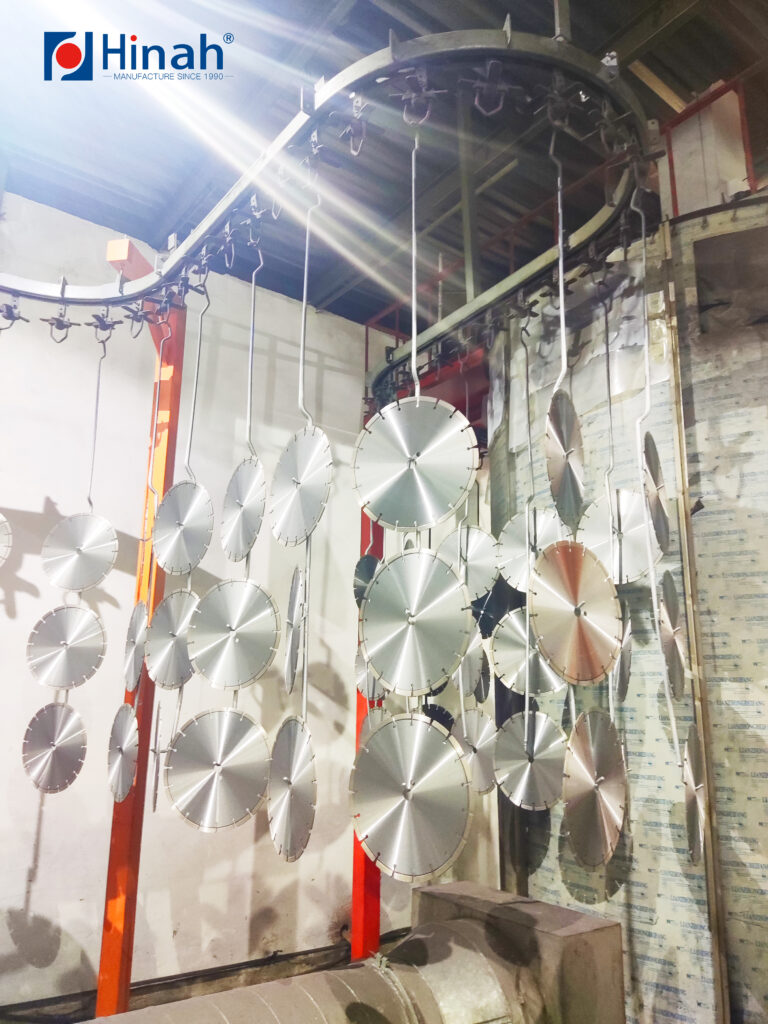
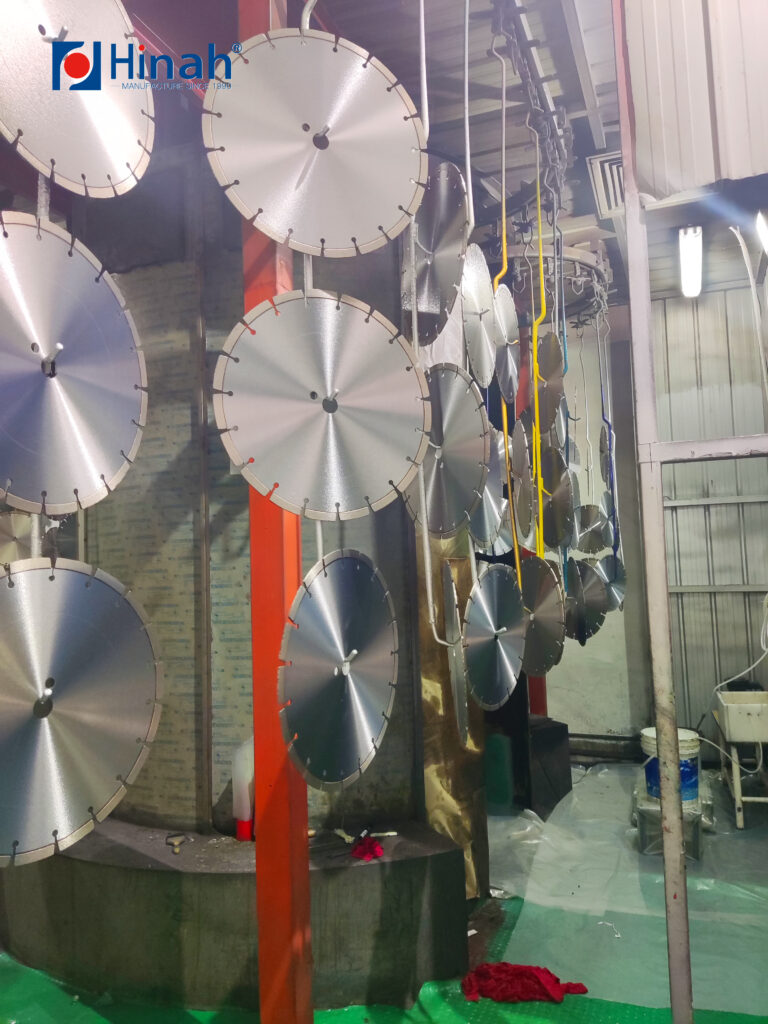
Conclusion
A high-quality finish doesn’t happen by accident—it’s the result of precise engineering, stable process control, and the elimination of human error. A modern liquid coating line brings all these elements together, delivering consistent coverage, strong adhesion, and flawless appearance across every product. Whether you’re upgrading from manual operations or optimizing an existing setup, investing in a well-designed liquid coating line is a direct path to improved surface quality, higher customer satisfaction, and long-term production efficiency.

